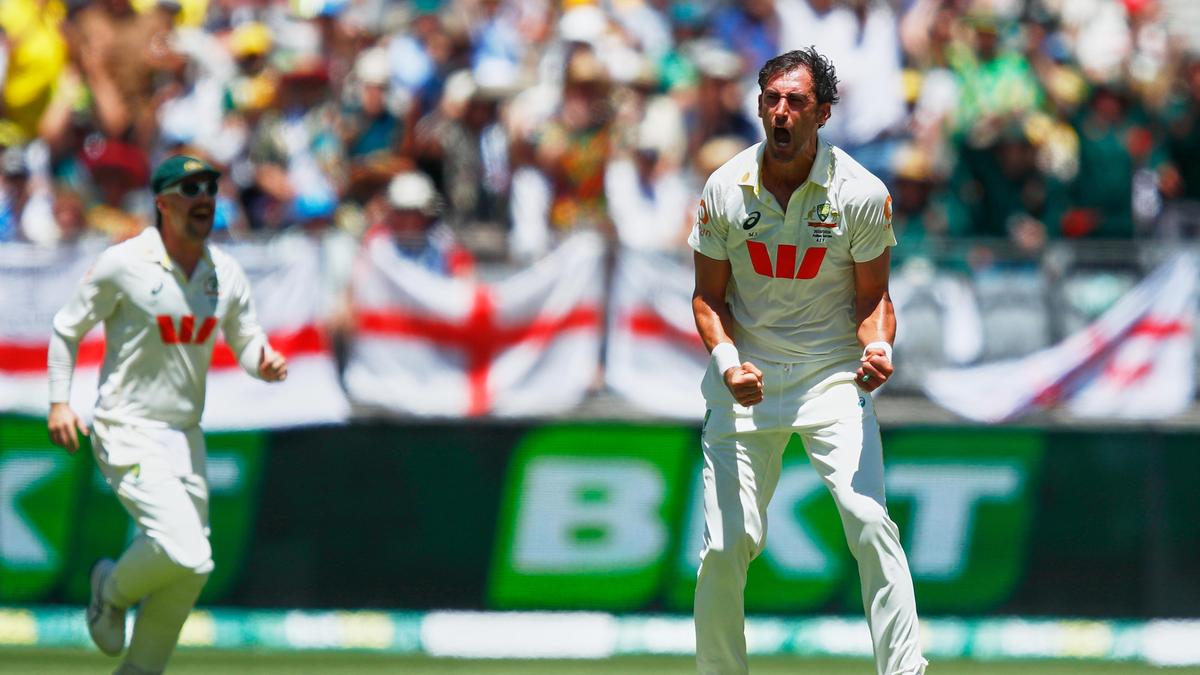🏏 ODI Super League: Shaping the Future of One-Day International Cricket
📖 Introduction
The ICC ODI Super League was introduced by the International Cricket Council (ICC) in 2020 to bring greater meaning and structure to the 50-over format. Designed as a qualification pathway to the Cricket World Cup, the league determined which teams earned direct entry to the biggest tournament in international cricket.
Even though the Super League has now concluded its first cycle (2020–2023), its impact on the way teams approach ODI cricket remains strong — especially as discussions continue about its possible return in an expanded form.
🏆 Format & Purpose
Participants: 13 teams — the 12 ICC Full Members + Netherlands.
Structure: Each team played 8 three-match ODI series (4 home, 4 away), totalling 24 matches per team.
Points System: 10 points for a win, 5 for a no-result, and 0 for a loss.
Objective: The top 8 teams automatically qualified for the ICC Cricket World Cup 2023, while the others had to play the Qualifiers.
This structure created a competitive environment that added real stakes to every bilateral ODI series.
🌍 Highlights of the ODI Super League Era
England finished as table-toppers, displaying consistent dominance.
India, Australia, and New Zealand used the league to test young talents while maintaining competitive balance.
The Netherlands’ participation added a refreshing global flavor, giving Associate cricket more visibility.
West Indies and Sri Lanka’s early exits from the top eight highlighted the growing parity in international cricket.
⚙️ Why the ODI Super League Mattered
Before the league, many bilateral ODI series lacked context. With the Super League:
Every series had direct consequences for World Cup qualification.
Smaller nations had more opportunities to face top-tier teams.
Fans stayed engaged due to clear stakes and a visible leaderboard.
📉 Why the ICC Discontinued It (for now)
Despite its success, the ICC decided not to continue the ODI Super League post-2023. Reasons include:
Scheduling conflicts with franchise leagues and bilateral commitments.
Return of the traditional qualification system, which the ICC claimed offers more flexibility.
Some boards preferred a less rigid format to allow more freedom in scheduling marquee series.
However, reports suggest that a revised version of the league could return post-2027, as stakeholders push for renewed structure in ODIs amid the rise of T20s.
🔍 The Future of ODI Cricket
With ODIs facing a popularity challenge due to the global T20 boom, a new form of the ODI Super League could be the key to keeping the format relevant. Adding more Associate nations, increasing the prize pool, and integrating data-driven fan engagement might revive global interest.
🏁 Conclusion
The ODI Super League was more than a tournament — it was a vision for structured, meaningful cricket. As the cricketing world evolves, the league’s legacy reminds us of what ODI cricket can achieve when every match truly matters.
You May Also Like

AUS vs ENG first Ashes Test: Mitchell Starc takes...
Australia fast bowler Mitchell Starc claimed three early England wickets at Perth, and took his...

🏏 ODI Super League: Shaping the Future of One-Day...
📖 IntroductionThe ICC ODI Super League was introduced by the International Cricket Council (IC...

First Ashes Test: England in charge after dismissi...
England dismissed Australia for 132 in their first innings on Saturday (November 22, 2025) to t...


